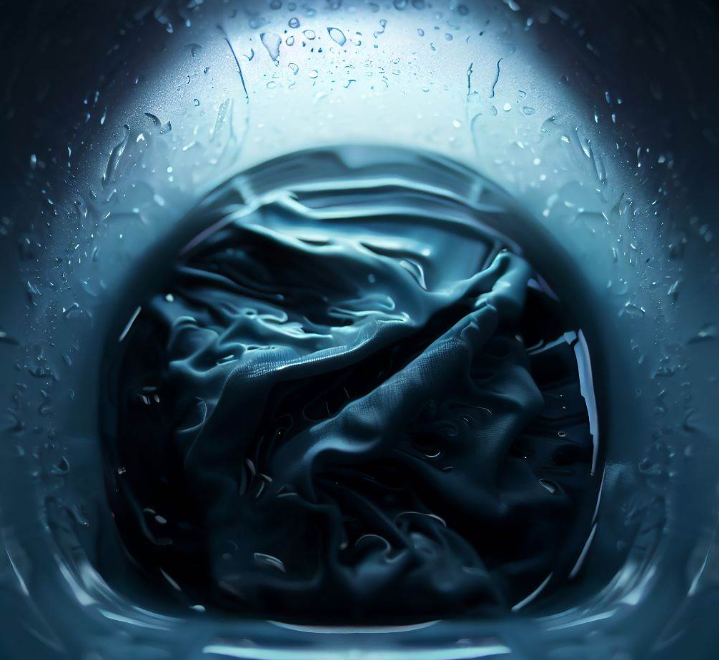Discovering the inside of your clothes dryer damp or wet can be puzzling and frustrating. Your dryer is meant to remove moisture from your clothes, so encountering wetness inside the appliance seems counterintuitive. In this blog post, we’ll explore the potential reasons behind a wet dryer interior and offer insights into troubleshooting and preventing this issue.
- Ventilation Issues
One of the most common reasons for a wet dryer interior is poor ventilation. If your dryer’s exhaust vent is clogged or obstructed, moist air from the drying cycle cannot escape properly. Consequently, the accumulated moisture can condense inside the dryer drum and on its components, causing the interior to become damp.
Solution: Regularly inspect and clean the dryer’s exhaust vent and ducts to ensure optimal airflow. A clear ventilation system not only prevents interior dampness but also reduces the risk of lint buildup and fire hazards.
- Vent Hose Disconnection or Blockage
The vent hose that connects the dryer to the outside exhaust vent can sometimes become disconnected or blocked. This can cause the moisture-laden air to be released into the laundry area or even back into the dryer drum.
Solution: Check that the vent hose is properly connected and free from obstructions. Securely attach the hose to both the dryer and the exhaust vent to ensure that moisture is directed outside.
- High Humidity Levels
If your laundry area has high humidity levels, it can contribute to the interior of the dryer becoming wet. When the air inside the dryer drum comes into contact with the humid ambient air, condensation can occur.
Solution: Consider using a dehumidifier in the laundry area to reduce humidity levels. Additionally, ensure proper ventilation to allow moisture to escape.
- Faulty Drum Seals or Gaskets
Damaged drum seals or gaskets can allow moisture to escape from the dryer drum and into the interior of the appliance.
Solution: Inspect the drum seals and gaskets for any signs of wear or damage. If necessary, replace them to maintain a proper seal and prevent moisture leakage.
- Overloading the Dryer
Overloading the dryer with too many clothes can lead to inadequate airflow within the drum. The moisture from the clothes may not evaporate effectively, causing dampness inside the dryer.
Solution: Follow the manufacturer’s guidelines for load capacity to ensure proper air circulation and thorough drying.
- Cool Down Cycle
Some dryers have a cool-down cycle at the end of the drying process to prevent clothes from wrinkling. During this cycle, cool air is circulated, which can cause moisture to condense on the dryer’s interior surfaces.
Solution: If your dryer has a cool-down cycle, remove your clothes promptly at the end of the drying cycle to minimize moisture buildup.
Conclusion
A wet or damp interior of your clothes dryer might indicate a variety of issues, ranging from poor ventilation to faulty seals. By understanding the potential causes and implementing the suggested solutions, you can address the problem and ensure that your dryer functions efficiently and effectively. Regular maintenance, responsible usage, and proper ventilation are key to preventing a wet dryer interior and achieving consistently dry and well-cared-for laundry.

